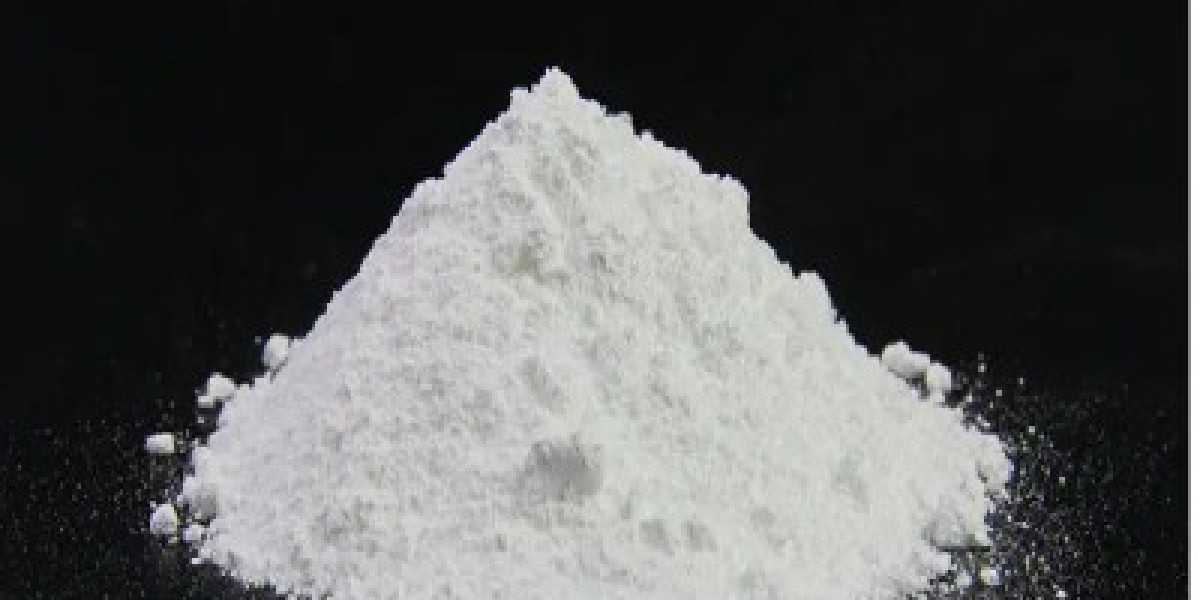Water treatment chemical play a crucial role in preventing biofilm formation in cooling systems. Biofilms are complex microbial communities that adhere to surfaces and produce a protective matrix, making them resistant to traditional disinfectants and cleaning methods. Here’s how water treatment chemical prevent biofilm in cooling systems:
1. Disinfectants and Biocides
- Chlorine and Chlorine Stabilizers: Chlorine is a widely used biocide in cooling systems due to its strong oxidizing properties. However, biofilms can be resistant to chlorine alone. The use of chlorine stabilizers, such as Biosperse, can enhance the effectiveness of chlorine by stabilizing it in situ, allowing it to penetrate and disrupt biofilms more effectively.
- Hydrogen Peroxide: This strong oxidizing agent is effective against a broad spectrum of microorganisms. However, its effectiveness in removing established biofilms is limited, and it may require higher concentrations and more frequent dosing.
- Quaternary Ammonium Compounds: These are effective against planktonic (free-floating) bacteria but may not penetrate biofilms effectively. They are often used in combination with other chemical to enhance their efficacy.
2. Quorum Sensing Inhibitors
- QSI Molecules: Biofilms rely on a communication system called quorum sensing to coordinate their growth and development. chemical that inhibit quorum sensing can prevent bacteria from forming biofilms by disrupting their communication pathways.
3. Enzymes and Biodegradable Compounds
- Enzymes: Enzymes like proteases, DNAses, and β-glucosidases can degrade the extracellular polymeric substance (EPS) matrix that holds biofilms together, making them more susceptible to biocides.
- Natural Compounds: Certain natural compounds, such as oregano oil, apple cider vinegar (ACV), and N-acetylcysteine (NAC), have demonstrated biofilm-disrupting properties and can be used as part of a comprehensive treatment strategy.
4. Surface Modification and Coatings
- Antimicrobial Coatings: Applying coatings containing silver ions or other antimicrobial agents can prevent initial bacterial attachment and inhibit biofilm formation.
- Hydrophobic Coatings: These coatings reduce bacterial adhesion by making surfaces less attractive to microorganisms.
5. Environmental Control
- Nutrient Limitation: Reducing the availability of essential nutrients, such as iron and manganese, can inhibit bacterial growth and biofilm formation.
- Temperature and Flow Rate Control: Maintaining water temperatures outside the optimal range for bacterial growth and ensuring adequate flow rates can prevent biofilm formation.
6. Advanced Chemical Systems
- In Situ-Stabilized Active Chlorine Systems: These systems combine chlorine with stabilizers to create a more effective biocide that can penetrate and remove biofilms. They also adjust to variations in temperature, conductivity, and pressure to ensure consistent performance.
7. Real-Time Monitoring and Analytics
- Biofilm Analyzers: Tools like the ClearPoint biofilm analyzer can detect biofilm formation in real-time, allowing for early intervention and more effective treatment.
Conclusion
Preventing biofilm formation in cooling systems requires a multifaceted approach that combines disinfectants, quorum sensing inhibitors, enzymes, surface modifications, and environmental controls. By using these strategies, water treatment chemical can significantly reduce biofilm formation, improve system efficiency, and lower maintenance costs.









